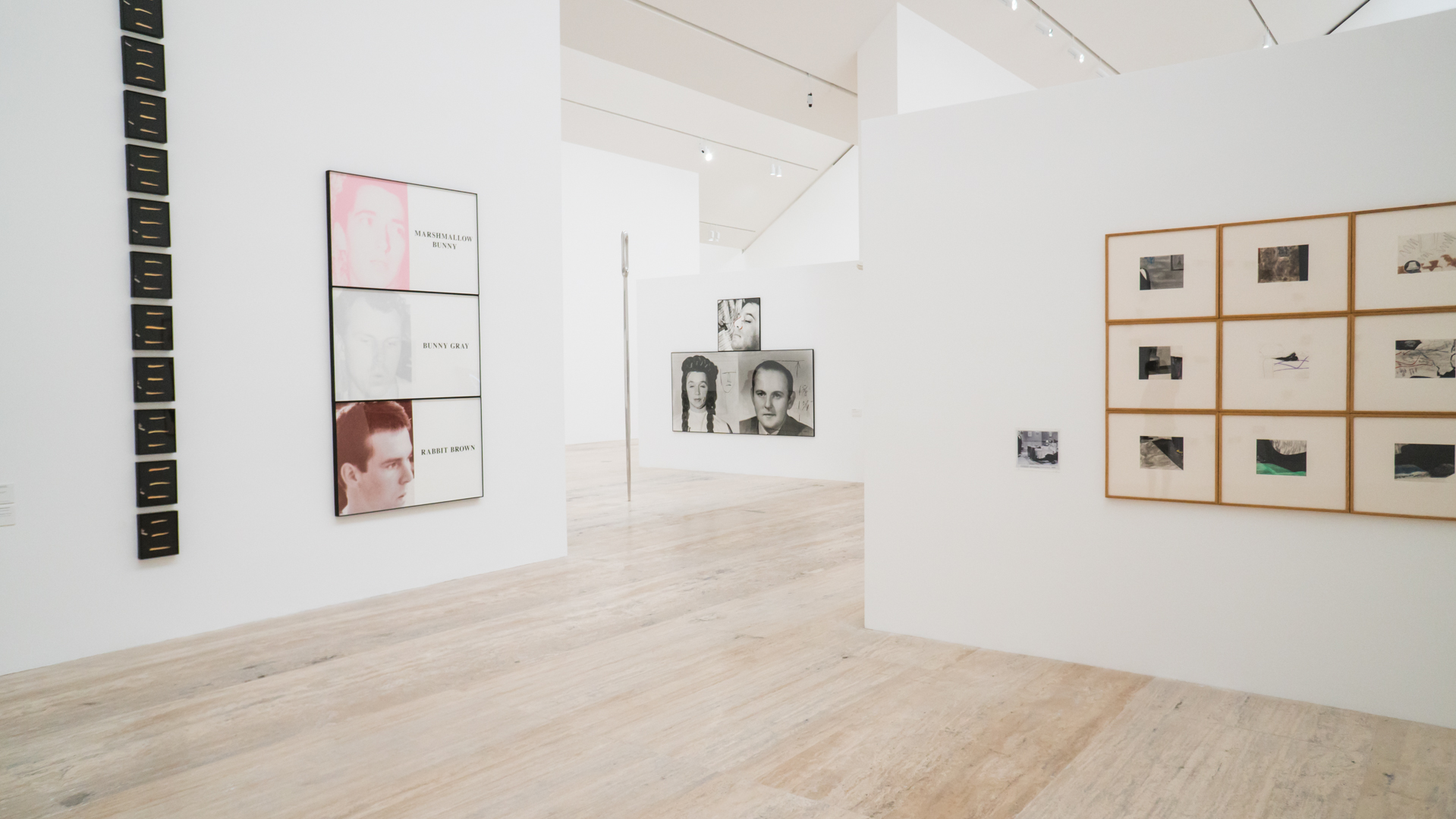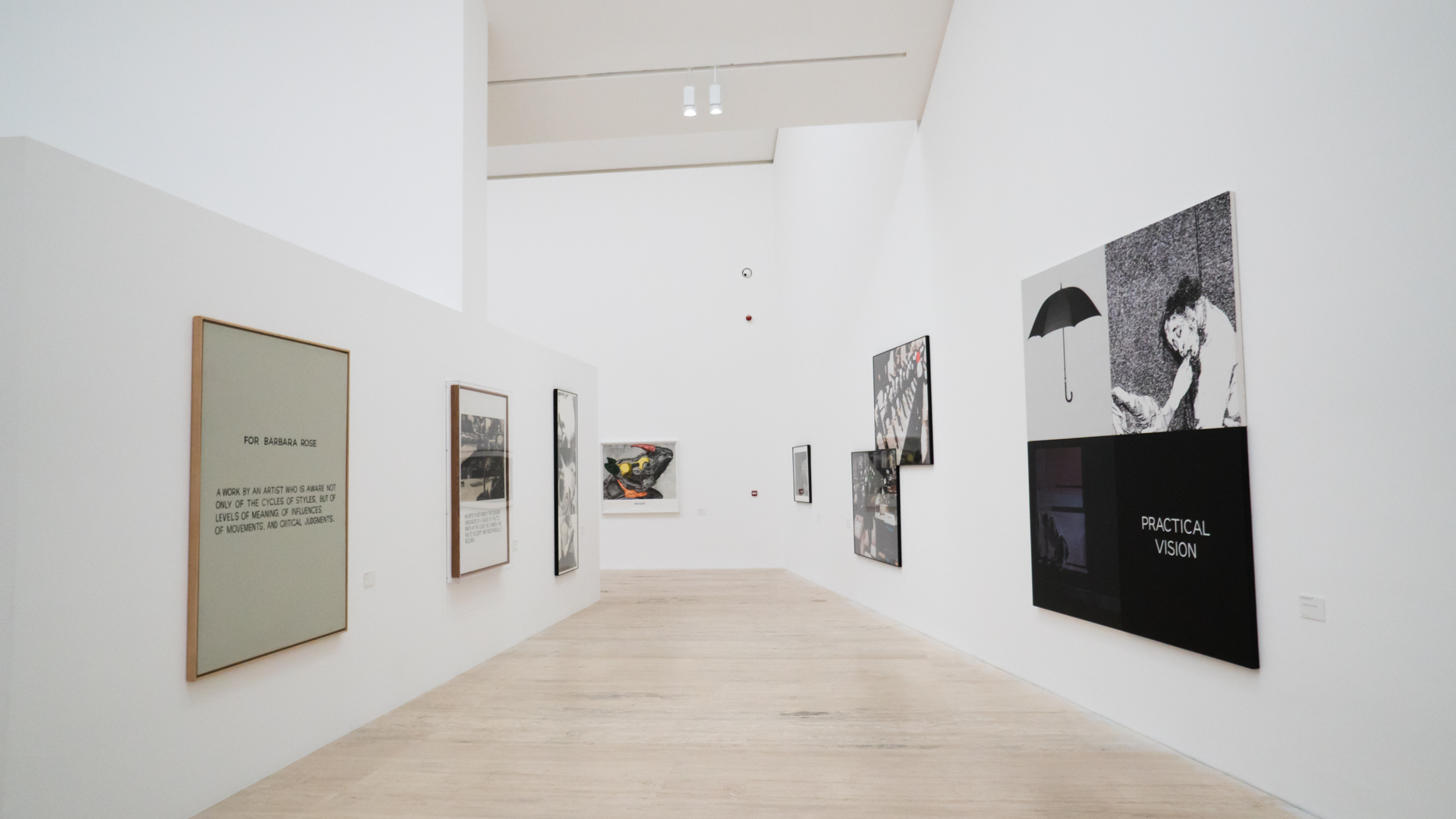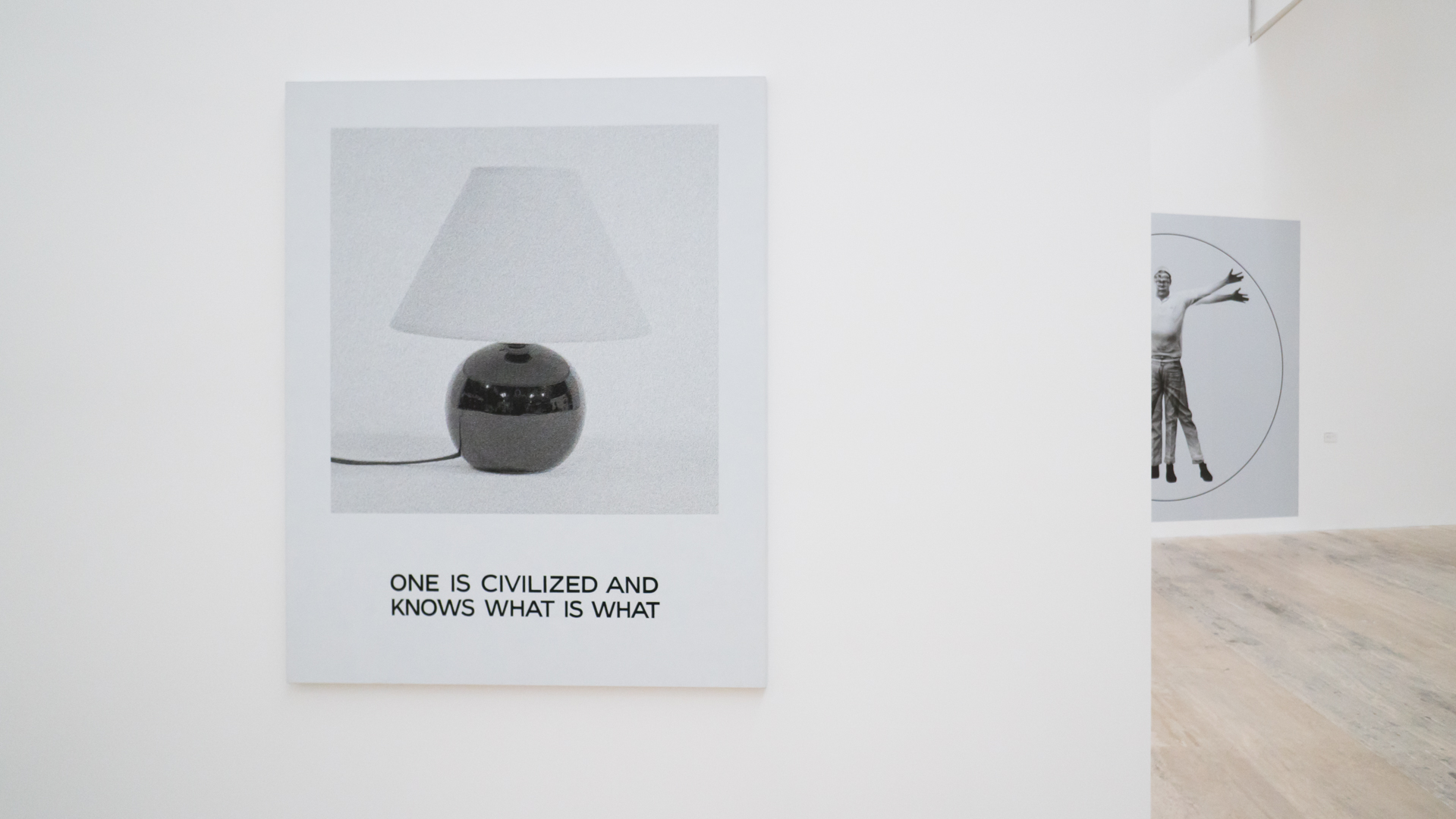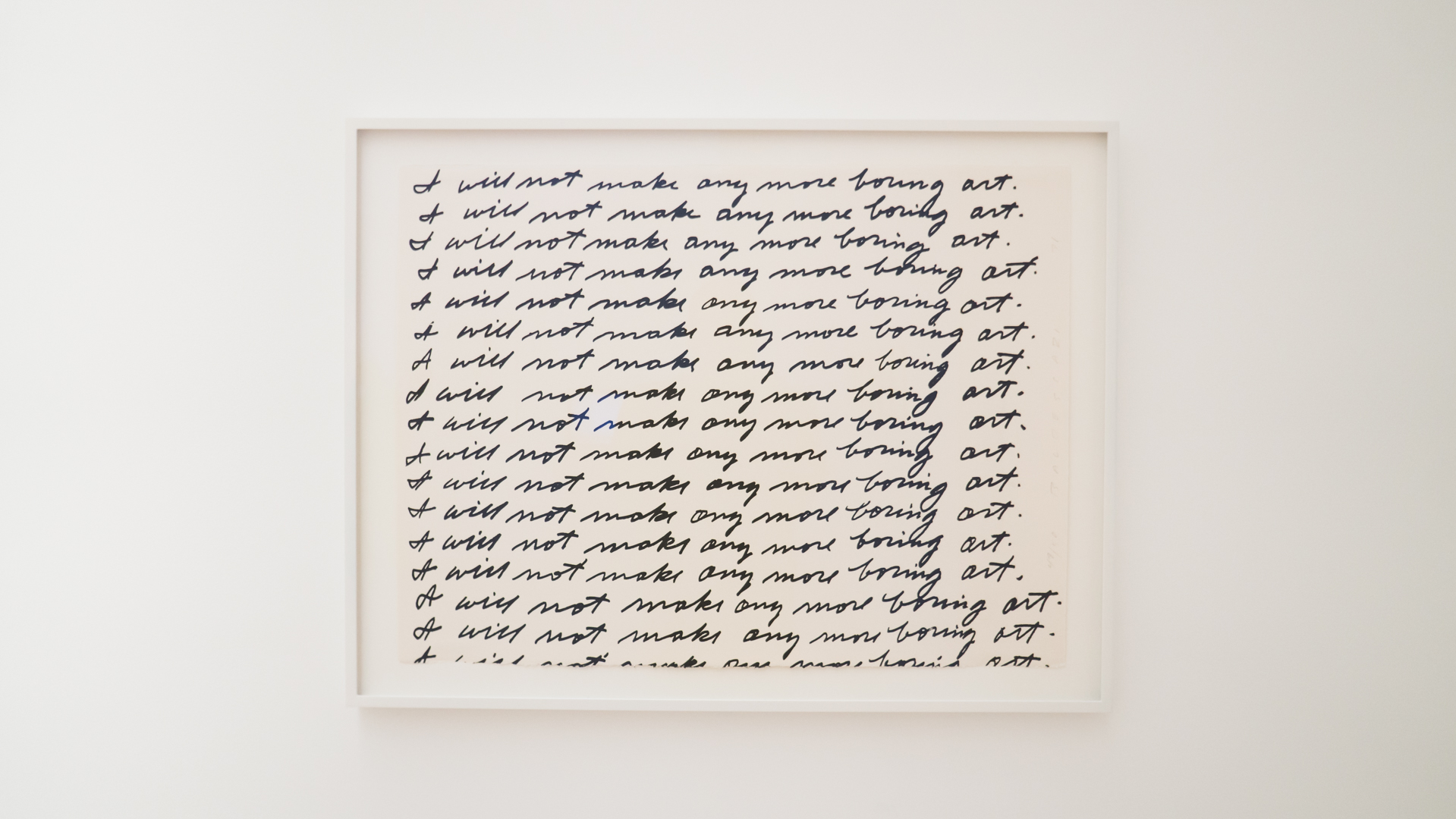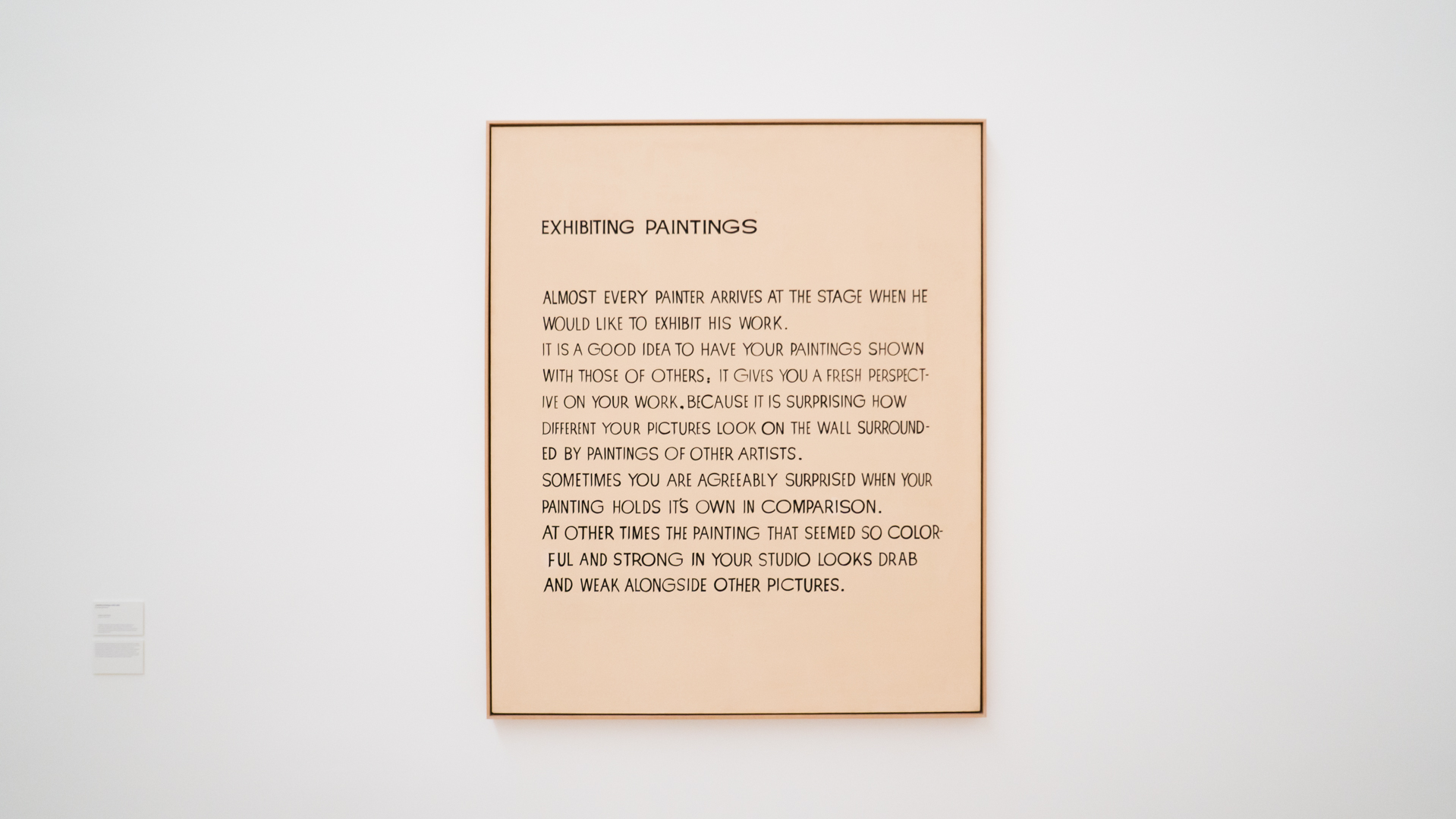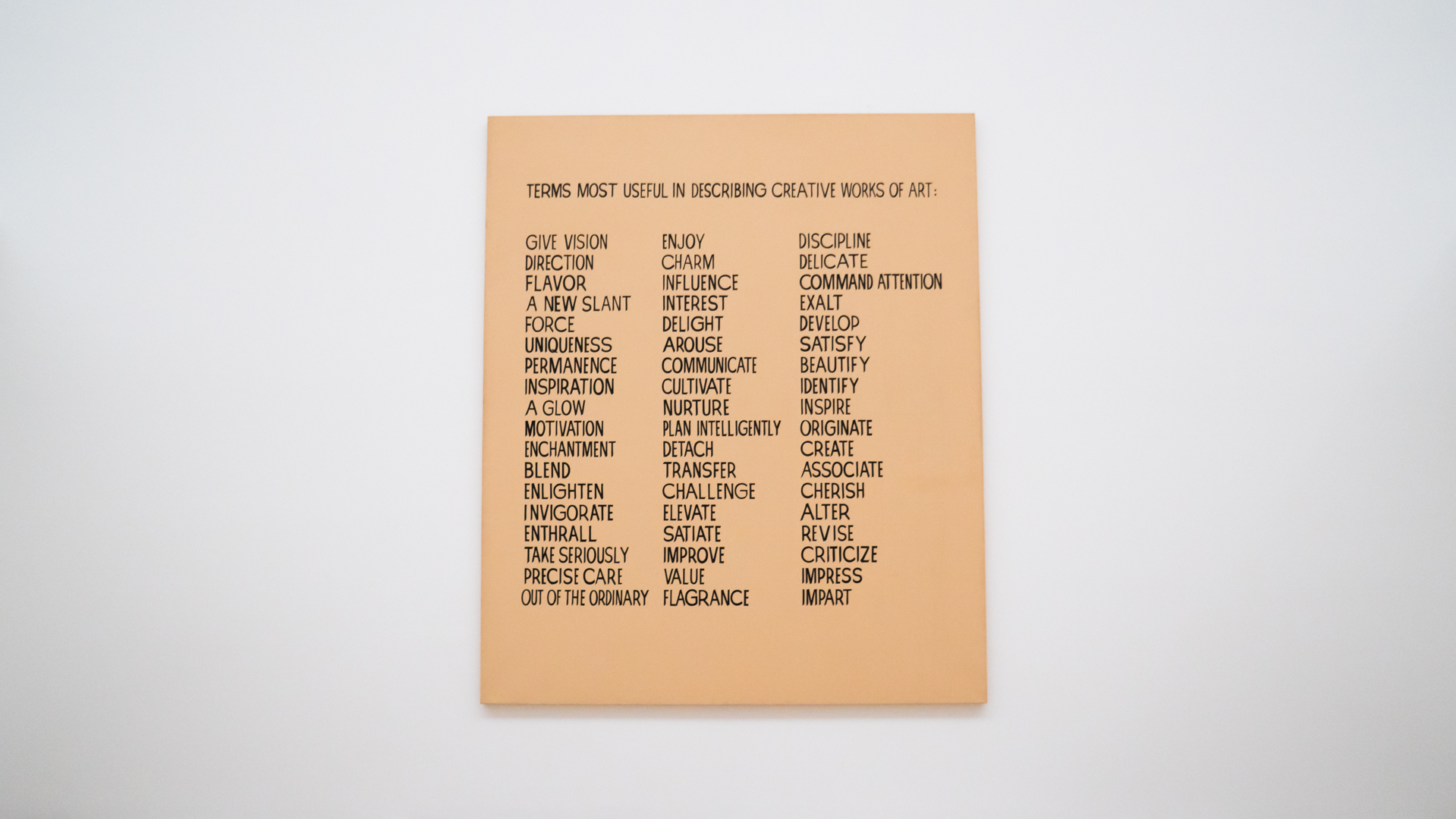Mexico City Art Review / Museo Jumex: Fascinating Experiments
As mentioned in my last blog post, today is my last day in Mexico and I intend to make the most of it. So, while my morning promenade led me to some interesting architectural discoveries (all of which you can see here at the Creative Days Co travel website), my main objective for the morning is to visit the Collecíon Jumex, a contemporary arts museum across from the Soumaya.
The David Chipperfield-designed Museo Jumex, opened in 2013, is a beautiful home for contemporary art. With an energy similar to the Guggenheim in New York, it is commited to modern and experimental art, and it delivers on all fronts!
After purchasing tickets on the ground floor, where a fairly good though small art bookstore is set up, I make my way up to Learning to Read with John Baldessari, an expansive retrospective of an artist I was unfamiliar with. Set up as a convoluted A-Z of art, the exhibit is a treasure trove of pop art, witty installations, interesting visual experiments and 'remixes', and thought-paintings about the meaning of art itself. Leaving the exhibit, I like I stumbled across an important cultural contributor that I had somehow previously missed. We're always somewhat ignorant, aren't we?
I make my way down to the floor below and there, I find Philippe Parreno's installation work The Yeast and The Host. This is a highlight of my visit in this city, an exhibit that further cements my view of Mexico as an art capital. T.Y.A.T.H. is a fascinating piece of work. It absorbs me.
Typically, I find museum installation work hit or miss, and rarely am able to 'enter' the work in the way the artist had intended. But here, Parreno creates something that compels, that draws one in slowly, in the way you would enter a curious place that scares you slightly, only to find objects that you don't need but somehow want. With its array of computers and scientific instruments behind glass, its piano that is host to live performances as well as programmed 'ghost' tunes, the bizarrely compelling cheap fish birthday balloons, and of course the central projection screen, the installation mesmerizes. For about an hour, in company of two dozen strangers or so, I stay. I can't get around to leaving. Sometimes we have our phones or cameras out, sometimes we walk, sometimes we through a floating fish back toward the screen, and sometimes we simply watch in silence. We're captivated.
Now, I wouldn't be able to tell you exactly what the exhibition is about, but the museum had to do it. So I'll quote them, it'll be more in line with the artist's original thinking anyway.
"At the centre of the exhibition, on the second floor of the museum, is the control centre. Here a bioreactor breeds yeast connected to a computer that remembers the program of a past exhibition (Anywhen, Parreno’s Tate Modern Hyundai Commission 2016 in London). These living colonies are now exposed to a new context and are reacting to it. The dynamic systems trigger the order of appearances of events in the gallery space such as the projection of a film or the sound and light movements that reverberate throughout the building. By turning control of the show over to natural systems, Parreno’s work explores the realm between the human mind (el anfitrión) - the host that choreographs the exhibition and other spectral forms of intelligent or emergent matter and activity."
Before I leave you, I want to re-emphasize how moving the experience was. It felt important. I know I've used metaphors before, but in writing this, I also thought that the discovery of Parreno's art felt like stumbling across a wounded, almost-dead bee: it was beautiful and fragile, almost poetic; but as we got closer, there was also a tension, a need for protection. The Yeast and The Host felt, more that anything, profound.


